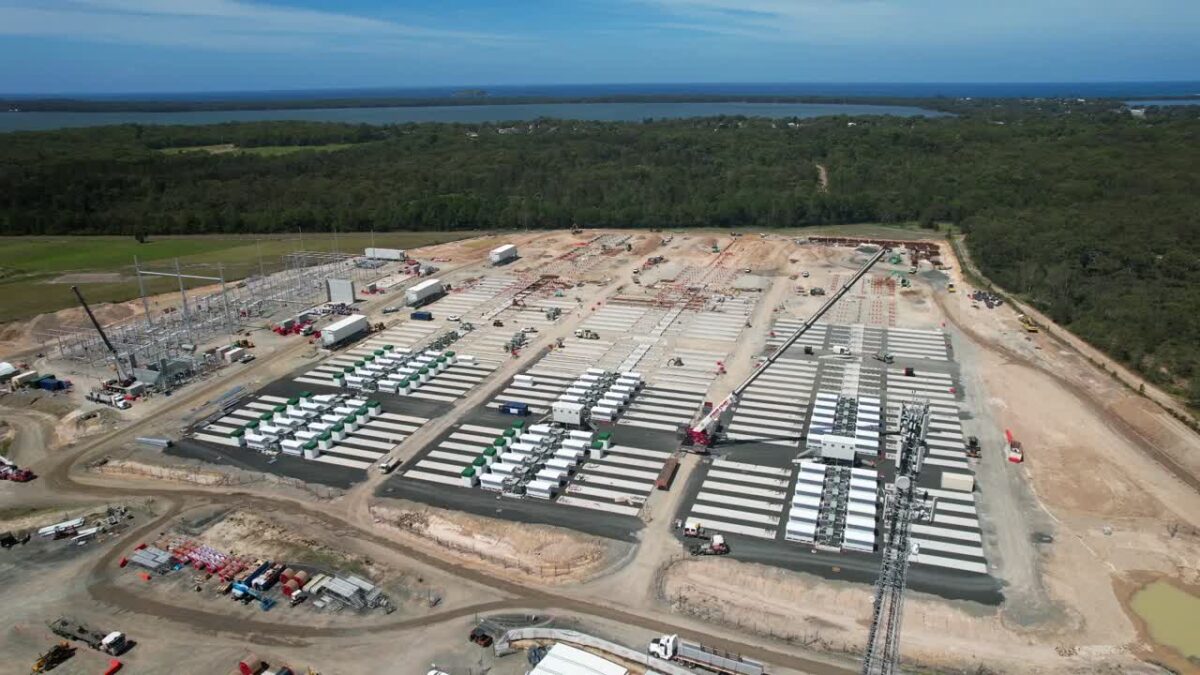The New South Wales (NSW) government has committed $8.4 million (USD 5.6 million) to boost the work force required to deliver four priority battery energy storage projects after the Australian Energy Market Operator (AEMO) warned of potential reliability gaps in the national electricity market.
The latest update to AEMO’s Electricity Statement of Opportunity has identified a reliability gap of more than 1 GW from 2025-2028 due to delays in the rollout of additional renewable generation, battery projects and new transmission.
“While new generation and energy storage capacity continues to increase, project development and commissioning delays are impacting reliability throughout the horizon,” AEMO Chief Executive Daniel Westerman said.
NSW Energy Minister Penny Sharpe said the state government has responded to the reliability risk, awarding $8.4 million in new funds to transmission network operator Transgrid and AEMO to ensure the battery projects are connected to the grid as soon as possible.
“The funding to AEMO and Transgrid will reduce the risk of connection to the grid being delayed and help to address the reliability risks identified in AEMO’s recent report,” she said.
The four priority projects include the 850 MW / 1,680 MWh Waratah Super Battery being developed by Akaysha Energy at the site of a shuttered coal-fired power station at Lake Munmorah on the NSW Central Coast.
Also included is the 275 MW / 2,200 MWh Richmond Valley Battery Energy Storage System being developed by Korea Zinc subsidiary Ark Energy in the state’s Northern Rivers region. The battery, to be built alongside the proposed 500 MW Richmond Valley Solar Farm, will likely be the biggest eight-hour lithium battery in the world when it is completed.
Akaysha Energy’s 415 MW / 1,660 MWh Orana battery being developed near Wellington in central-west NSW is also included, along with AGL’s 500 MW / 1,000 MWh Liddell battery being built at the site of the shuttered coal-fired power station in the Upper Hunter.
The state government said the total capacity of the four projects is equivalent to 15% of the 2023-24 NSW summer peak demand and the investment will bring forward completion dates of the battery energy storage systems by as much as 12 months.
Sharpe said the big batteries will play a critical role in delivering affordable, reliable energy in NSW by storing renewable energy during sunny and windy periods and supplying that electricity to the energy grid during peak demand.
“These batteries will ensure consumers in NSW have access to affordable and reliable electricity sooner,” she said.
The new funding will be shared by AEMO and Transgrid with the latter to receive a $3.2 million grant to fund extra technical staff on grid connections to reduce the risk of delays.
Transgrid will also establish two dedicated ‘squads’ of engineers, technicians and customer support staff, to provide additional grid connection application review and support.
AEMO will receive up to $5.2 million for additional staff to project manage the grid connection process and coordinate with Transgrid and other project proponents to get the supported battery projects operational by 2025-2026.
This content is protected by copyright and may not be reused. If you want to cooperate with us and would like to reuse some of our content, please contact: editors@pv-magazine.com.









2 comments
By submitting this form you agree to pv magazine using your data for the purposes of publishing your comment.
Your personal data will only be disclosed or otherwise transmitted to third parties for the purposes of spam filtering or if this is necessary for technical maintenance of the website. Any other transfer to third parties will not take place unless this is justified on the basis of applicable data protection regulations or if pv magazine is legally obliged to do so.
You may revoke this consent at any time with effect for the future, in which case your personal data will be deleted immediately. Otherwise, your data will be deleted if pv magazine has processed your request or the purpose of data storage is fulfilled.
Further information on data privacy can be found in our Data Protection Policy.